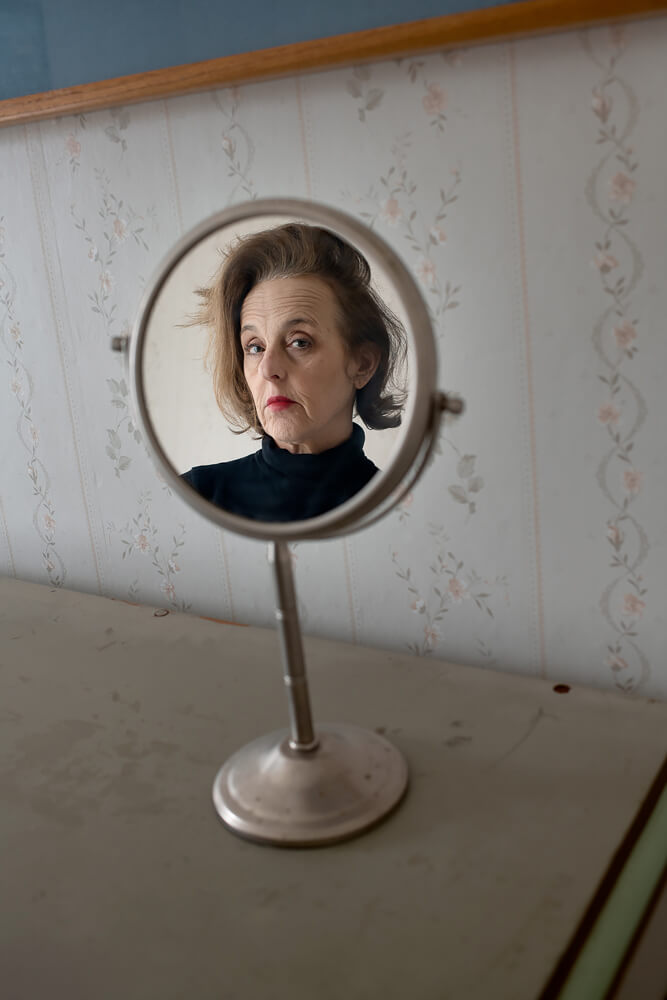Jo Ann Chaus is an American photographer from and based in the New York metro area She holds two certificates from the International Center of Photography in New York City. In 2016 Jo Ann self-published "Sweetie & Hansom", a 60-image book with original text exploring family, relationships and loss. Her current body of work, "Conversations with Myself", is a collection of performative self-portraiture that explores women's roles and identity, currently under edit for publishing.
Her work has been exhibited nationally and internationally, and she holds special recognitions and awards: Critical Mass Top 200 2020, 2019, 15th Julia Margaret Cameron Award for Women Photographers Winner Self Portrait Series, 14th Julia Margaret Cameron Awards Honorable Mention, Winner 13th Pollux Awards non-professional category, Critical Mass 2019 Top 200, Klompching Fresh 2019 Finalist, PDN Emerging Photographer Fall 2019 Winner, , Candela Unbound8! and 9! juried exhibitions, Permanent Collection in the Center for Creative Photography Qualities of Light Exhibition, Juror's Choice South East Center for Photography Portrait Exhibition 2019.
Statement
Jo Ann's work is a visual record of her interactions with and with-in her
environment, and her curiosity to explore and discover personal truths, whether found or assembled, as metaphors for her inner landscape.
She expresses the joys and pathos of a life, as seen and felt
by the young girl within who became the woman, the mother, and the
wife. Her perspective is through the eyes of an elder in our
society, contemplating the challenges and incongruities of her own will,
desire and constraints within a historical context.
Heightened and enhanced by the literal light of day, it is an
examination of life's ambiguities: the close and the distant, the beauty and the grit,
the singular and the plural, satisfaction and longing, together and apart…
all relentlessly seeking to understand and witness herself, past, present and future.
